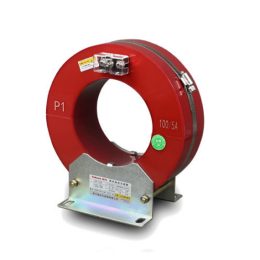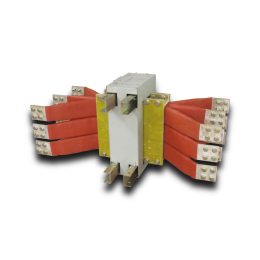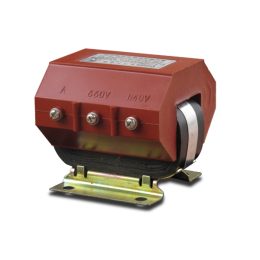Zero-Sequence Current Transformers vs. Standard Current Transformer
In power systems, transformers play a vital role, and among them, zero-sequence current transformers and standard current transformers have significant differences. Due to their distinct applications and operating principles, these two types of transformers are often confused. Here, we’ll provide an overview of each type, helping you to understand their unique characteristics and avoid confusion.
Understanding Standard Current Transformers
Standard current transformers are primarily used to measure load or short-circuit currents. They are designed based on Ampère’s theorem and Faraday’s law of electromagnetic induction. The operation principle involves a conductor passing through the transformer’s magnetic core. When current flows through this conductor, it generates a magnetic flux within the core proportional to the current. This flux induces a voltage in the secondary winding, enabling current measurement according to Ohm’s law.
The secondary side of a standard current transformer connects to meters or protective devices and needs to form a closed loop with the current line to function correctly. Standard current transformers come in single-phase and three-phase configurations, with different forms and appearances. Given their primary purpose of detecting load and short-circuit currents, they are relatively simple to manufacture and use.
Zero-Sequence Current Transformers: A Specialized Approach
In contrast, zero-sequence current transformers have a more complex operational principle and are used in specialized scenarios. They primarily detect zero-sequence and grounding currents, specifically to identify ground faults within the power system.
As current flows through the transformer, it generates magnetic flux within the core under specific voltage conditions. Since zero-sequence transformers monitor the system’s circuit current, they do not require any secondary circuit connection during operation. This allows them to monitor zero-sequence current accurately by simply leaving the secondary side open.
Due to their specialized design, zero-sequence current transformers are more challenging to produce, resulting in higher costs than standard transformers. However, they offer superior accuracy and sensitivity. In modern power systems, where grounding faults can be particularly hazardous and difficult to locate, zero-sequence transformers are increasingly essential.
Conclusion
Transformers play an essential role in power systems, and as operational environments grow more complex, the need for specialized transformers has increased. Zero-sequence transformers are a valuable type that stands apart from standard transformers. Users should carefully assess their requirements and select the appropriate transformer type to enhance power system safety and performance.
- Zero-Sequence Current Transformer Protection Principle and Applications
- Zero-Sequence Current Transformers vs. Standard Current Transformer
- Causes, and Solutions for Abnormal Heating in 10KV Current Transformers
- Number of Permissible Grounding Points in the Secondary Circuit of Voltage Transformers
- Instrument Transformer Fault Handling: A Technical Guide
- Analysis of the Impact of Incorrect CT S1 and S2 Connections and Reversed Input Lines









